How To Grow Balloon Plants: Care Of Balloon Plants In The Garden
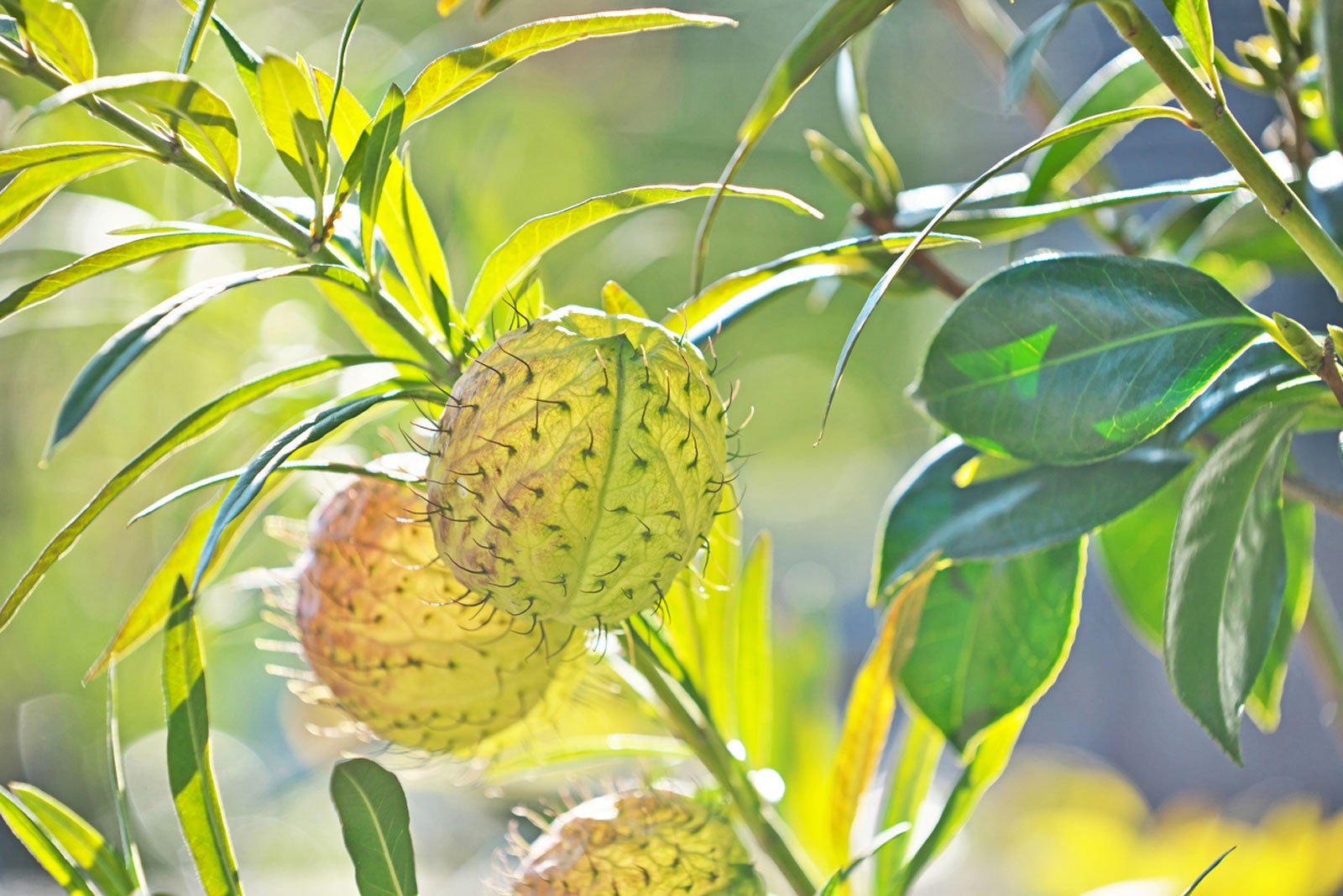

Like all members of the milkweed family, the balloon plant (Gomphocarpus physocarpus) is one of the best plants for attracting monarch butterflies. This unique shrub, which reaches heights of 4 to 6 feet (1-2 m.), is also known by a long list of alternate names including balloon cotton bush, family jewels, Oscar milkweed, goose plant, and swan plant to name just a few.
Let’s learn more about adding this plant to your garden.
Balloon Plants for Caterpillars
Balloon plant milkweed is a unique, vase-shaped shrub that produces light green, lance-shaped leaves and clusters of small, waxy flowers that show up in summer. The blooms are followed by round, balloon-like fruit covered with small bristles.
Balloon plant milkweed isn’t particularly showy, but butterflies love the nectar-rich blooms. In fact, the plant is definitely one of the best plants for attracting monarch butterflies. It is also beneficial because it’s viable later in the season than other milkweed varieties, providing a place for monarch butterflies to lay their eggs before fall.
Native to southern Africa, this milkweed species is suitable for growing in USDA plant hardiness zones 8 through 10. It is fast-growing and often grows as an annual in cooler climates. It can become weedy in tropical climates.
How to Grow Balloon Plants
Balloon plant milkweed is most often grown from seed, which can be purchased online or from a nursery specializing in exotic plants or butterfly gardens. It’s also possible to purchase small plants. If you have access to an established plant, you can harvest the seeds in autumn. Let the seed pod dry, then just before the pods are ready to burst, break one open and collect the seeds.
If you’re concerned that the pods might burst, cut a few stems and place them in a jar of water until the pods dry. Allow the seeds to dry completely, then soak them overnight when you’re ready to plant.
Gardening tips, videos, info and more delivered right to your inbox!
Sign up for the Gardening Know How newsletter today and receive a free copy of our e-book "How to Grow Delicious Tomatoes".
In warm climates, the milkweed seeds can be planted directly in the garden, but gardeners in northern climates may want to get an earlier start by planting seeds indoors a couple of months before the last expected frost in your area.
You may need a heat mat, as balloon plant milkweed seeds germinate best in temperatures between 68-80 F. (20-27 C.). Be sure to plant at least two plants, as this plant isn’t self-pollinating. Allow 2 to 3 feet (61-91.5 cm.) between plants.
Care of balloon plants is minimal as long as you provide conditions they desire. Balloon plant grows best in full sunlight and moist, well-drained soil. It also grows well in large containers.

A Credentialed Garden Writer, Mary H. Dyer was with Gardening Know How in the very beginning, publishing articles as early as 2007.
-
 Get Ready For A Summer Of Hummers! Grow These Full Sun Hummingbird Plants and Flowers
Get Ready For A Summer Of Hummers! Grow These Full Sun Hummingbird Plants and FlowersIf you’re lucky enough to enjoy a sunny backyard, make sure you are maxing out on your pollinator opportunities and grow these full sun hummingbird plants and flowers
By Tonya Barnett
-
 12 Lush Alternatives To A Lawn For Sustainable Spaces
12 Lush Alternatives To A Lawn For Sustainable SpacesAlternatives to a lawn are beautiful and also beneficial to your local ecosystem and its pollinators. Explore our top picks for plants to replace grass.
By Tonya Barnett
-
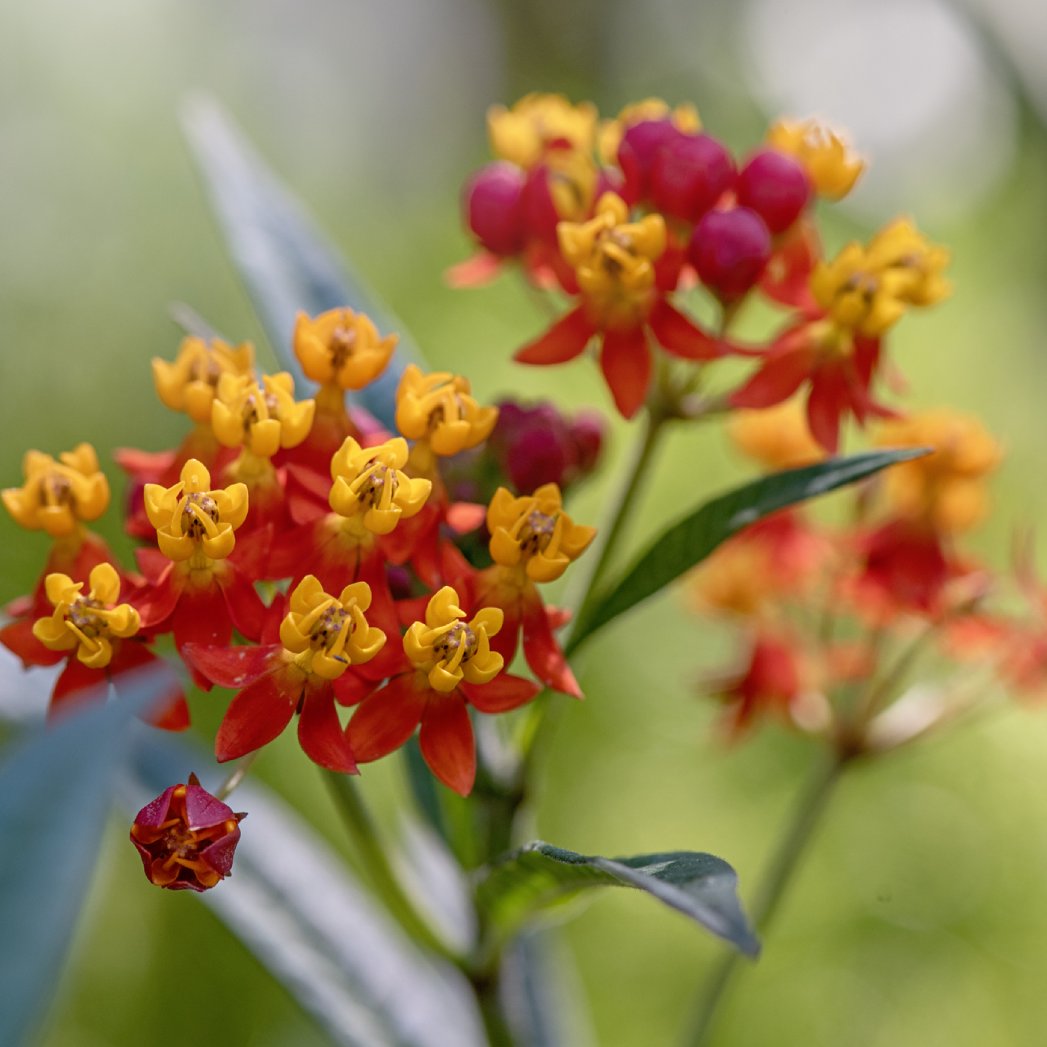 Is Tropical Milkweed Bad For Your Butterflies? What You Can Do
Is Tropical Milkweed Bad For Your Butterflies? What You Can DoTropical milkweed is a harmful plant that can trick both humans and monarch butterflies, and is contributing to declining monarch populations.
By Teo Spengler
-
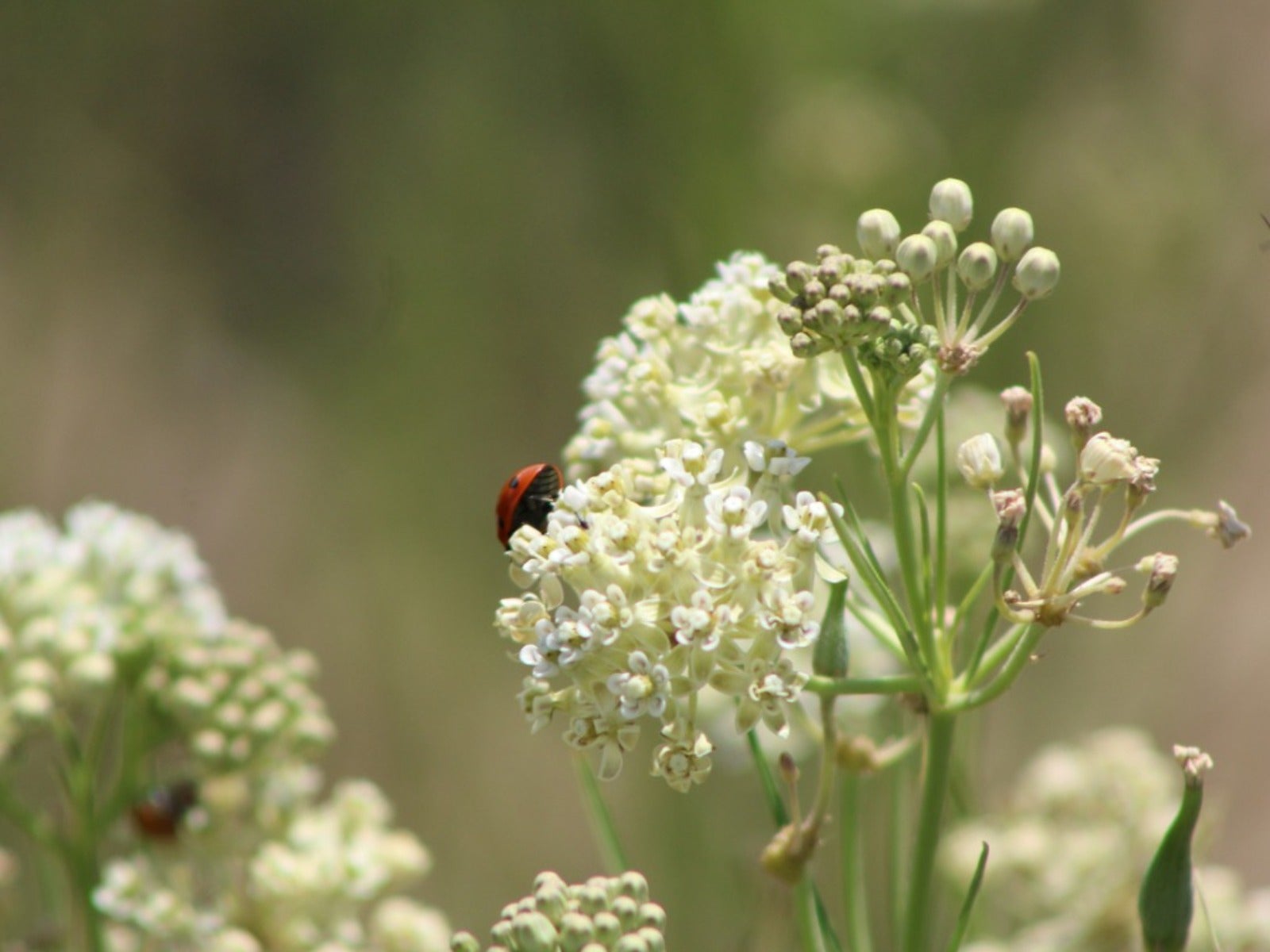 How To Grow Native Whorled Milkweed In The Garden
How To Grow Native Whorled Milkweed In The GardenWhorled milkweed is beloved by monarch butterflies, but it attracts other pollinators, too. Click to read more.
By Mary Ellen Ellis
-
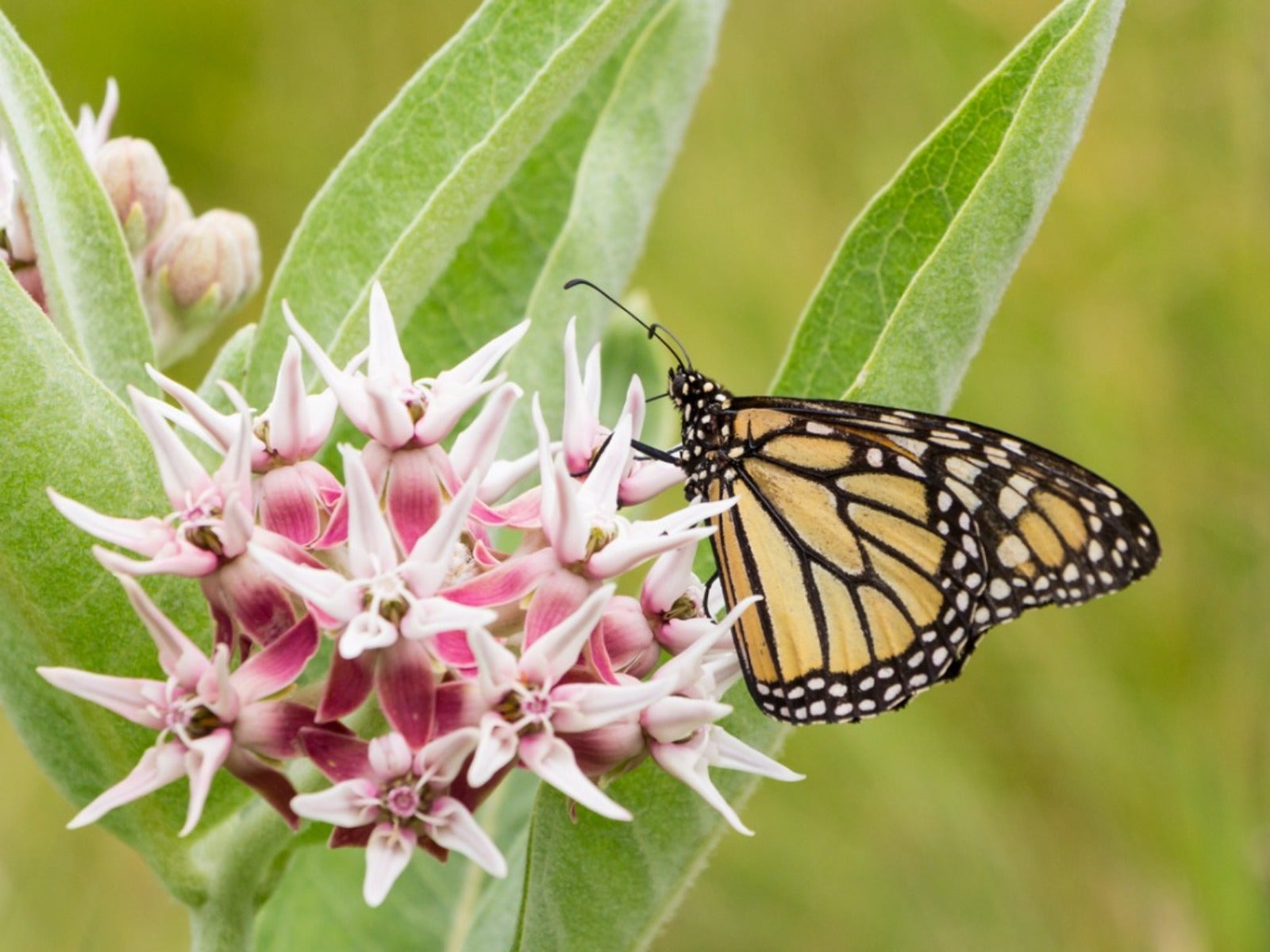 Best California Milkweed Varieties For Monarch Butterflies
Best California Milkweed Varieties For Monarch ButterfliesClick here to learn what the best milkweed varieties for California are.
By Teo Spengler
-
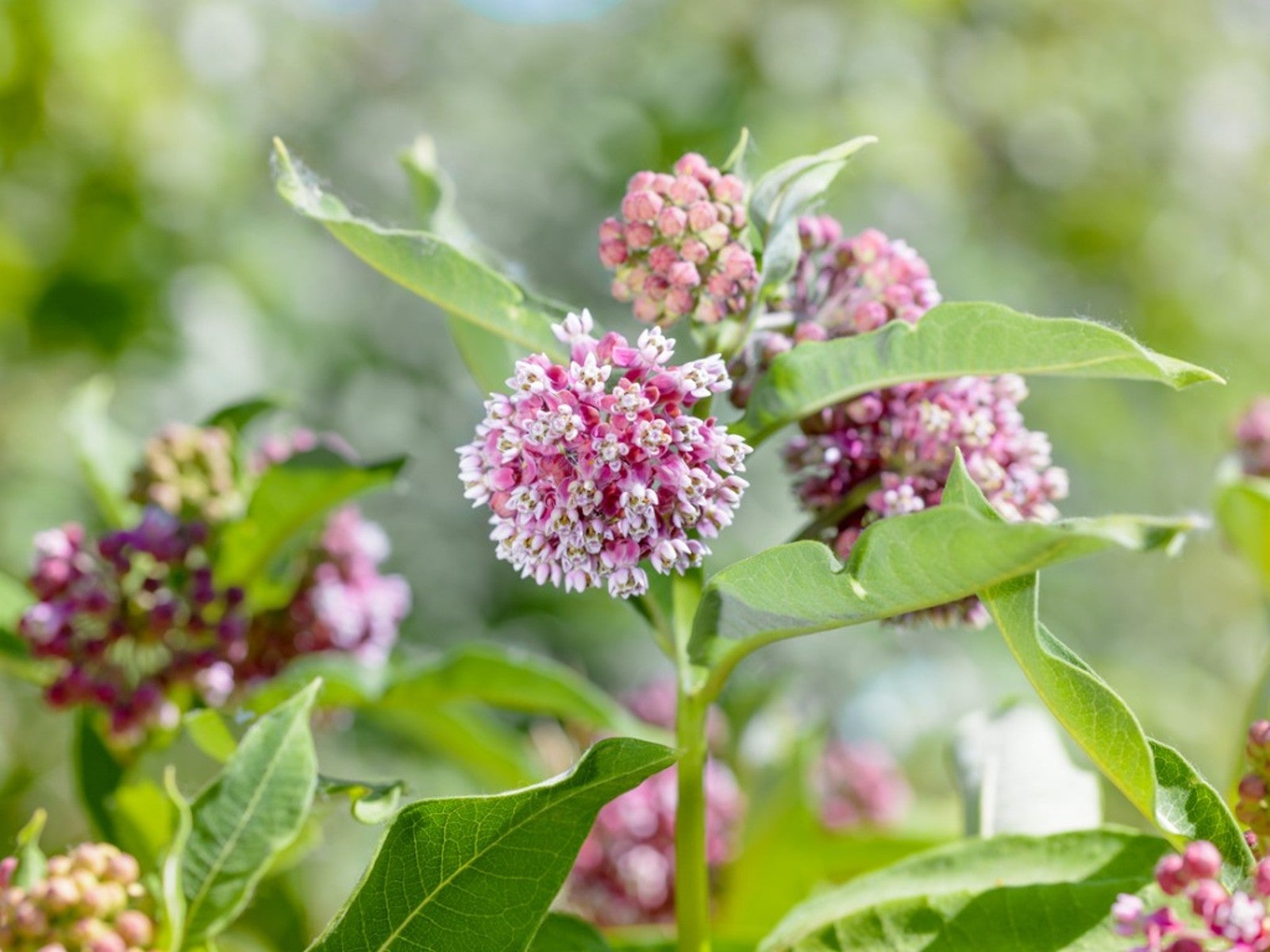 Is Milkweed Plant Poisonous To Pets, People And Livestock?
Is Milkweed Plant Poisonous To Pets, People And Livestock?Butterflies love and depend on milkweed, but the plant is toxic to other animlas. Learn about how to use it responsibly.
By Susan Albert
-
 Growing Showy Milkweed From Seed Or Cuttings
Growing Showy Milkweed From Seed Or CuttingsMilkweed is a valuable addition to gardens as a magnet for butterflies and other pollinators. Plant it from seed or cuttings, but watch out for the sap.
By Tonya Barnett
-
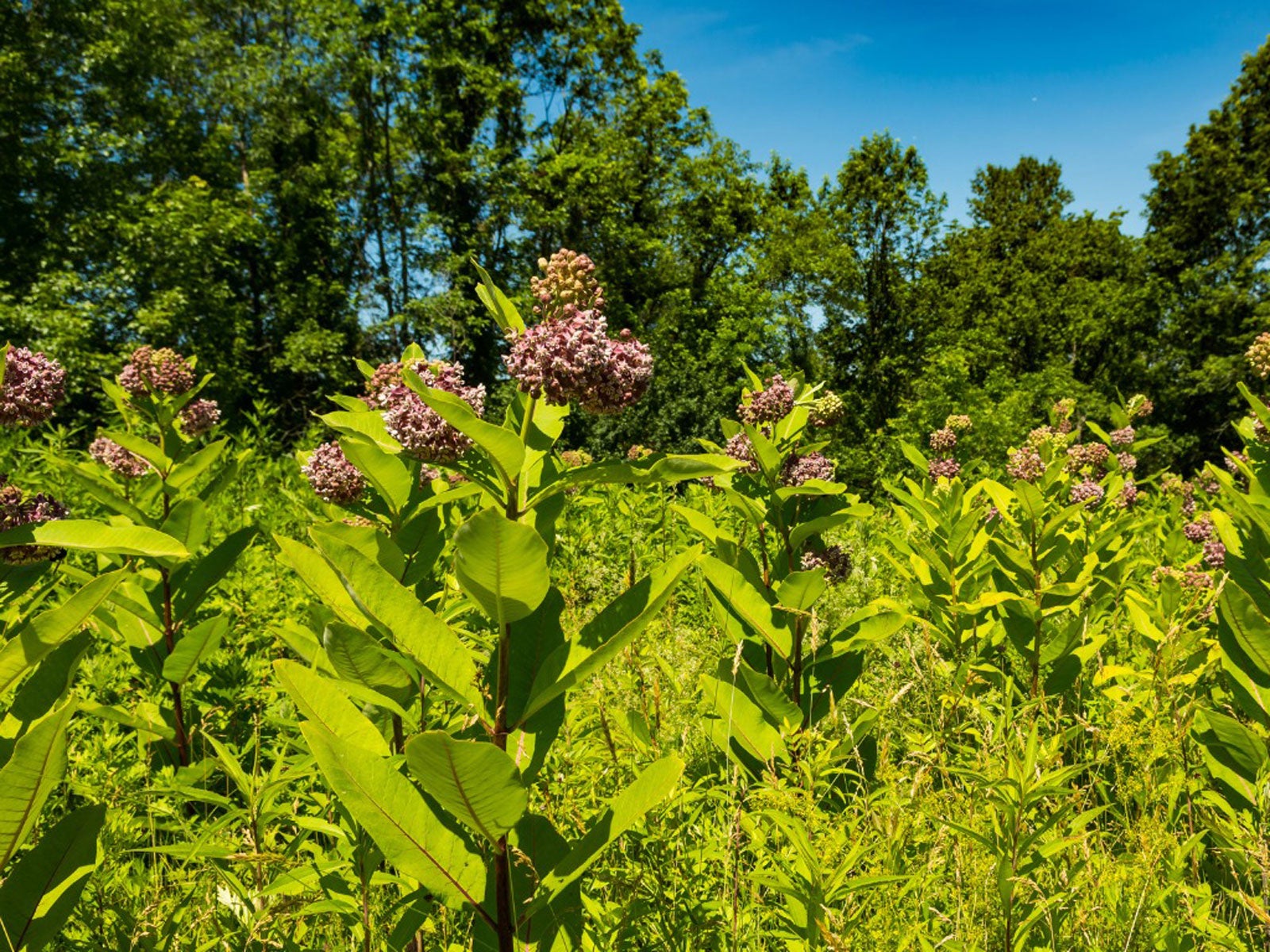 Milkweed Cutting Propagation: Learn About Rooting Milkweed Cuttings
Milkweed Cutting Propagation: Learn About Rooting Milkweed CuttingsYou may already grow milkweed if you have a butterfly garden. Starting milkweed from cuttings can increase the number of plants you have. For more information, click here.
By Laura Miller
-
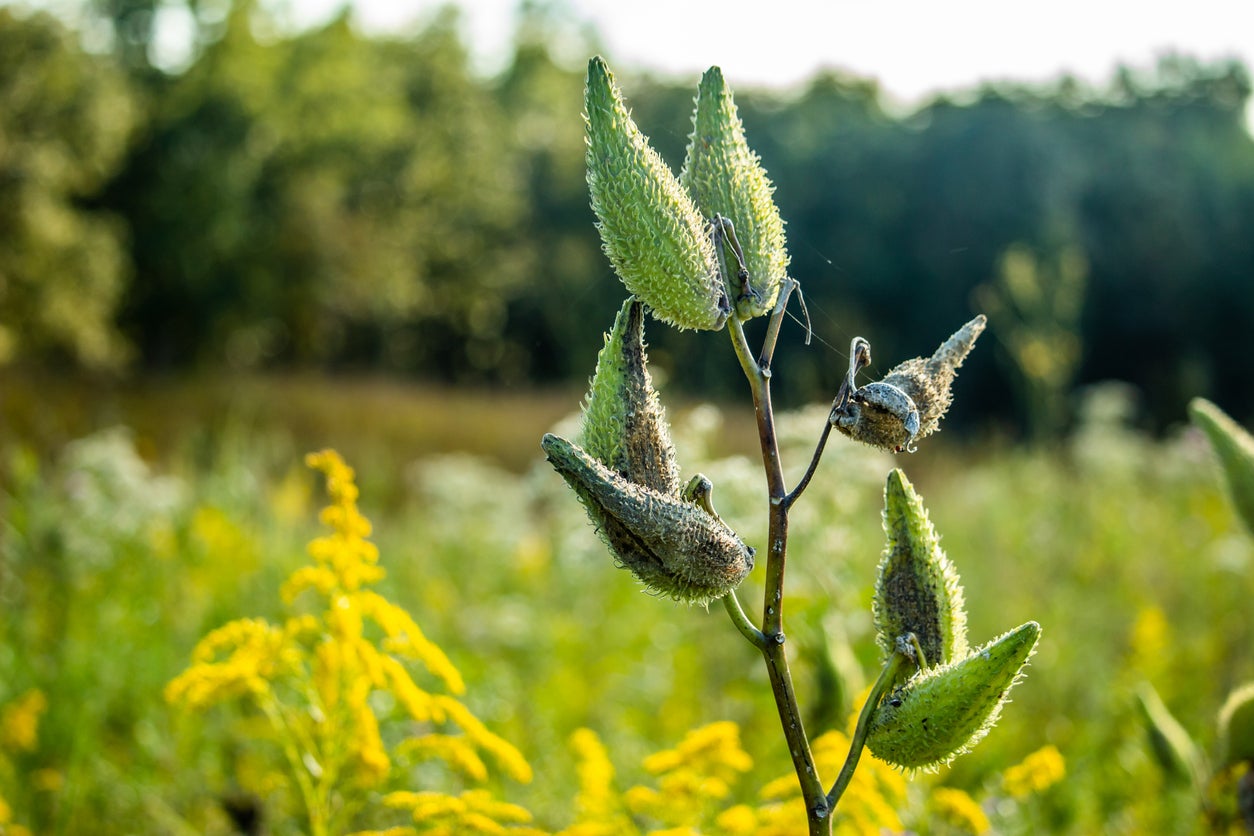 Milkweed Pruning Guide: Do I Deadhead Milkweed Plants
Milkweed Pruning Guide: Do I Deadhead Milkweed PlantsGrowing the plants will attract and feed these beautiful butterflies. But you may be asking, “should I prune milkweed.” Milkweed pruning isn’t really necessary, but deadheading milkweed can enhance appearance and encourage further flowering. Click here for more info.
By Bonnie L. Grant
-
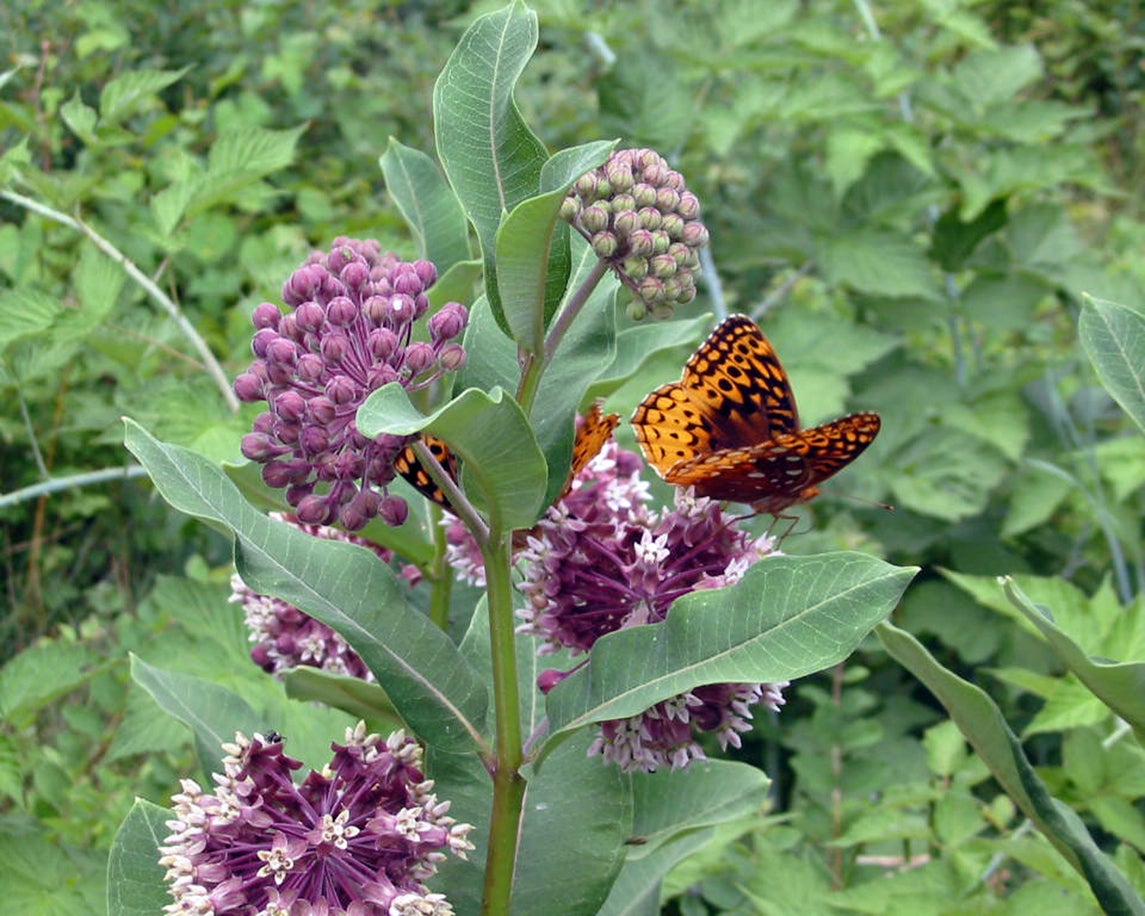 No Flowers On Milkweed – Reasons For Milkweed Not Blooming
No Flowers On Milkweed – Reasons For Milkweed Not BloomingThe sweet nectar of milkweed blooms attracts a wide variety of butterflies, bees, moths and hummingbirds. However, your dream of a garden filled with beautiful winged creatures can quickly become crushed if your milkweed won’t flower. Learn why this happens here.
By Darcy Larum